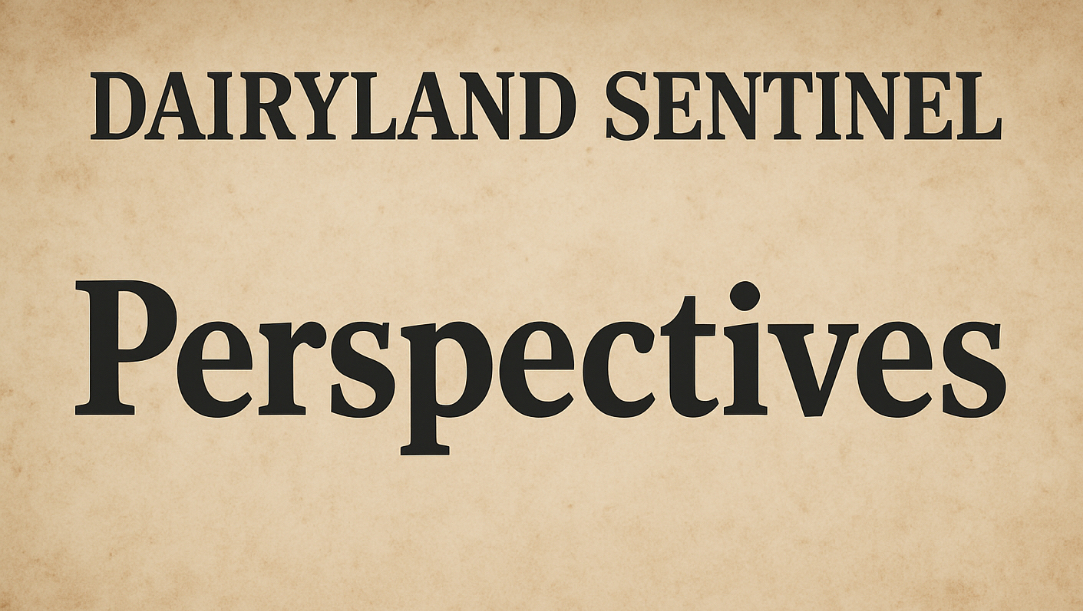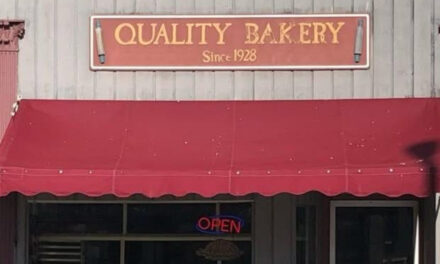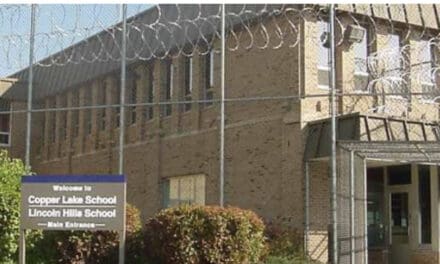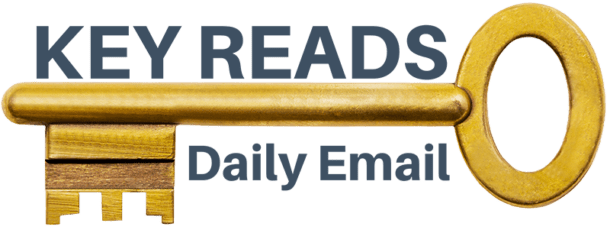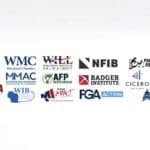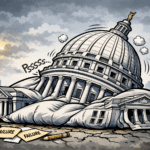A Perspectives column of personal opinion by George Mitchell
The enrollment cap in the statewide private school choice program expires in a year. This development will coincide with an important milestone. By 2026-27, it is likely that:
- More than half of the students in Wisconsin’s private K-12 schools will be in one of the state’s four choice programs.
- More than half of the state’s private K-12 schools will be in one of the choice programs.
There are stark differences in the regulatory environment under which those schools operate. Schools not in a choice program, what some might call real private schools, must comply with applicable state and federal employment law, building codes, and health standards. Their primary statutory requirement is to provide “a sequentially progressive curriculum of fundamental instruction in reading, language arts, mathematics, social studies, science and health…”
Those in a state choice program are in a different world. They are subject to extensive statutory provisions and a mountain of resulting administrative codes. Some requirements, such as those involving financial audits and accreditation, exceed what is required of public schools. And, most importantly, these schools must meet an annual test of securing a parent’s approval to enroll their children. Indeed, critics are unwittingly correct in claiming that participating schools aren’t held to the same standards as public schools. In many respects they meet higher standards.
Educational and curricular independence is a major feature that distinguishes public schools from private schools in the choice program. While subject to more curricular regulation than described above for (real) private schools, the Department of Public Instruction remains mostly out of the private choice classroom.
Opponents of school choice long have known that more regulation, curricular and otherwise, will keep many private schools from joining one of the state’s programs. DPI superintendents, going back to Bert Grover and John Benson in the 1990s, acted on this knowledge proposing sweeping regulatory schemes. Legislative supporters of choice, and the state’s Supreme Court, resisted.
Times have changed. Wisconsin is now at a fork in the road when it comes to mission-based, educational autonomy for private choice schools. Legislators in both parties have advanced plans to put DPI into the classroom of those schools. Beyond the Legislature, some advocates of school choice agree. They believe many parents make what these advocates deem to be poor choices. They seek to use test scores and related academic measures to restrict school eligibility beyond existing requirements.
What’s effectively in the offing is an unstated alliance between those who don’t want parents to have choice and others who don’t approve of their choices. The result would be added authority for an agency directed, historically and currently, by opponents of choice. An unintended but certain impact would be fewer schools joining the programs and thus fewer options for parents.
What could go wrong?
Mitchell is a long-time supporter of School Choice and education reform.
